Into the Heart of Borneo - A Month on Mulu Mountain & LIVE Google Hangout
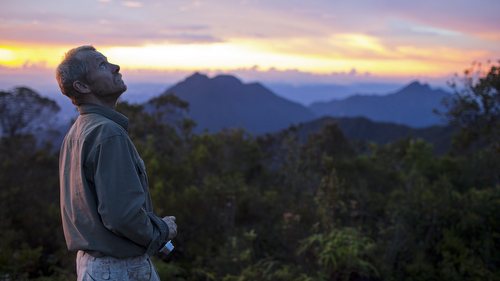
"Sun and rain, together at once," commented ROM entomologist Brad Hubley as he enjoyed a well deserved lunch near the summit of tropical Mt. Mulu.
"Don't forget the mud," added entomology curator Dr. Chris Darling, with a grin.
The pair are discussing their camping and insect collecting stay on the summit of Mulu, which sees virtually no overnight visitors. Despite being only four degrees of latitude from the equator, the highest reaches of the mountain can surprise the unprepared with cold temperatures. Combined with heavy rainfall and frequent cloud cover, the conditions atop the mountain are not to be taken lightly. However, for ROM entomologists and other members of the expedition, the biological discoveries that await them are more than worth the effort and physical hardship. It is often in these hardest to access places that important discoveries are made.
As expected, the team entomologists, mycologists and mammologists encountered relatively low overall numbers of species on the summit, but expectations are high that unique and unknown summit specimens are heading back to the ROM for more detailed study.
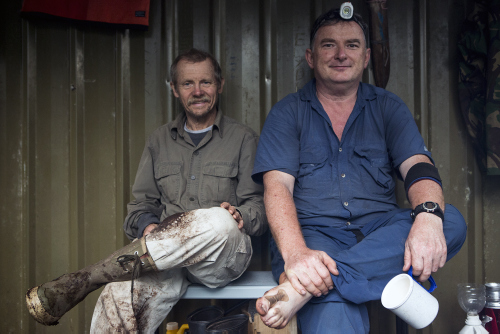
Mulu's cicadas were extensively surveyed during an ambitious 1977-1978 Royal Geographic Society expedition. The ROM is re-surveying this original route to explore how cicada populations have changed with time.
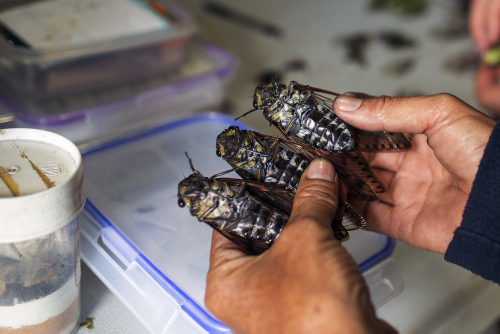
Mammalogists Dr. Burton Lim and Tom Horsley have been investigating small mammals, such as rats, shrews and squirrels, as well as the mysterious world of bats.
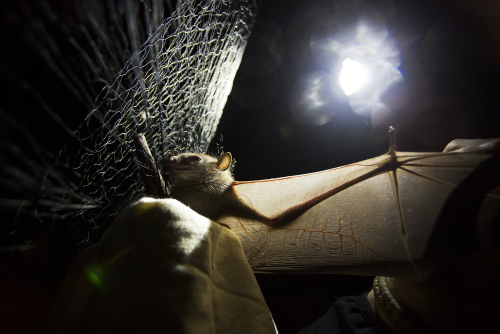
In several cases the mammal team has discovered species at elevations on the mountain that they were not previously known to inhabit. This kind of specialized knowledge is extremely useful to park managers and conservation strategy.
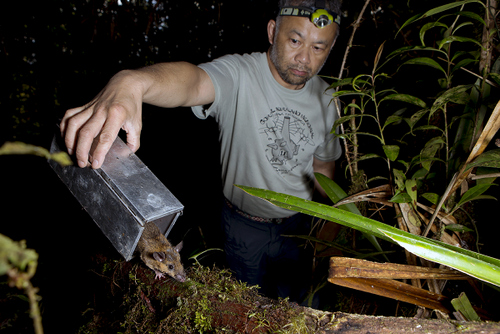
Though Burton has been working hard here on the mountain, much of his discoveries will be made once home in Toronto through the use of modern genetic research techniques. Burton maps evolutionary relationships between mammals around the globe. It is through this research that we can better understand the origins of mammalian diversity and ultimately of all life on earth.
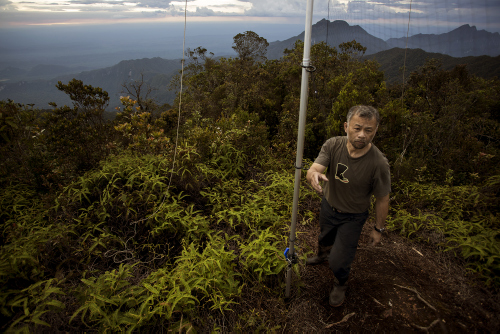
Having proudly been the first team members to reach the summit of Mulu, ROM mycologists were also the first to descend back into the iconic lowland forest that surrounds the mountain base. Simona Margaritescu has been enjoying the adventure of a lifetime.
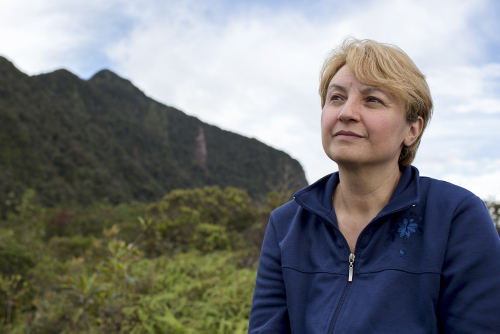
For Simona and the mycologists, who study fungi diversity, the trip has been a big success.
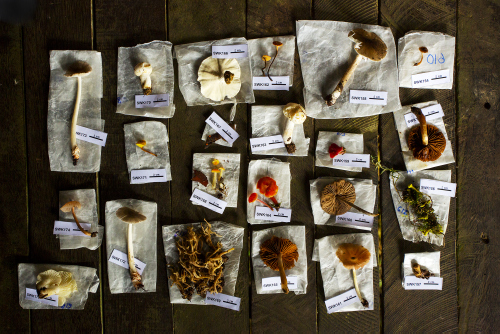
Unlike Ontario which is marked by seasons, tropical rainforests tend to lack distinct seasonality. This fact means that searching for mushrooms isn't always fruitful or predictable as it can be in temperate regions. Fortunately, as Jean-Marc Moncalvo, Senior Curator of Mycology, will tell you, his time in the big lowland forests of Mulu mark one of his most exciting and productive field trips.
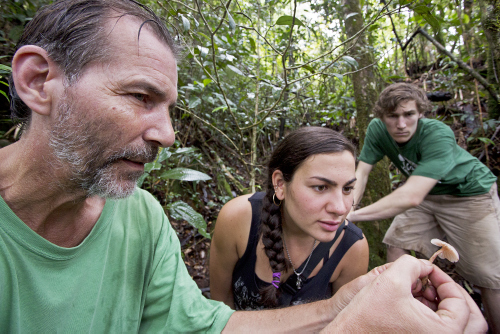
Fungi is fundamentally essential to tropical rainforests. Fungi distribute nutrients among plants and aid in forest recycling. Without fungi many ecosystems would simply not function. Yet there is surprisingly little known about fungi, and even fewer people with the knowledge and skills to further our understanding. The ROM is one among only a few institutions around the world capable of the required mycological research. With fungi diversity immensely rich and understudied, Jean-Marc is nearly certain that species unknown to science have been discovered on this expedition.
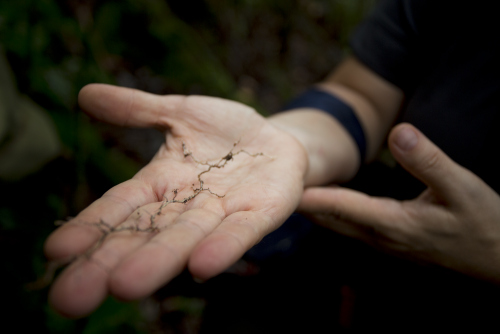
The team, in its entirety, has descended Mulu's treacherous slopes to convene for an interactive video hangout with audiences at the ROM's Friday Night Live event. If you are in Toronto and are interested in Borneo, drop by the ROM's "Earth Rangers Studio" in the Schad Gallery of Biodiversity, to participate. If you'll be at home, tune into the ROM's website, Google+ Page, or YouTube Channel to watch the hangout LIVE "on-air"
For some members of the team the expedition is not yet over: they will spend the following weeks in the extremely diverse and increasingly rare lowland forests of Borneo.
Stay tuned for further updates and especially more in depth coverage of the expedition as it nears its end and transitions to the laboratories at the ROM.
From the Heart of Borneo, your ROM BIodiversity Team:
Chris Darling, Senior Curator, Entomology
Jean-Marc Moncalvo, Senior Curator, Mycology
Burton Lim, Assistant Curator, Mammalogy
Brad Hubley, Technician, Entomology
Simona Margaritescu, Technician, Mycology
Tom, Graduate student, Mammalogy
Joshua J. See, Environmental Visual Communication
